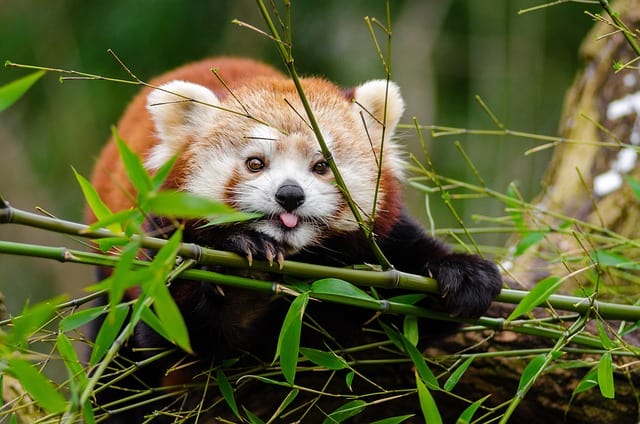8 Differences Between Plants And Animals

Plants and animals are both classified under living things, however, there are significant differences between them even to their cell structure. So, this article will look at their cell differences and general differences.
The main differences between plants and animals is the way they obtain their food. All green plants manufacture their own food from carbon dioxide and water. Energy for this process, called photosynthesis, comes from the sunlight that is trapped by chlorophyll, the green pigment present in plants. Oxygen is given out as a waste product. This mode of nutrition is known as autotropic. While in animals, they don’t manufacture their own food but they do not have the pigment chlorophyll. They feed on plants and animals. This is known as heterotrophic nutrition.
Other differences will be discussed below
Differences between plants and animals
| Plants | Animals |
| Autotrophic mode of nutrition due to presence of chlorophyll | Heterotrophic mode of nutrition since they lack chlorophyll |
| No sense organs | Well-developed sense organs |
| No excretory system | Well-developed excretory system |
| Limited movement (no organs of locomotion); not active | Move about freely (well-developed organs of locomotion); very active |
| Slow response to external stimuli | Rapid response to external stimuli |
| Spreading body form with no symmetry; unlimited growth | Compact symmetrical body form: limited growth |
| Growth is apical | Growth occurs equally on all parts |
| Composed of cells enclosed in rigid cellulose cell walls; cell walls provide mechanical support | Composed of cells which do not have cell walls; external or internal skeletons provide mechanical support |
Like I said above, I will also discuss the differences in their cell. A cell is a ‘single unit’ of a living organism. Since both plants and animals differ from one another, the cells that compose the body of plant or an animal must be different from each other in certain respect.
Plant cells are of different types and sizes. Most plant cells have regular outlines and fixed shapes. They may be cylindrical, polygonal or rectangular in shape. However, animal shape may be spherical, rectangular, spindle-shaped, cuboidal or irregular.
Read: 6 classes of food
Differences between Plant and Animal Cells
| Plant Cells | Animal Cells |
| They have cellulose cell walls | No cellulose cell walls |
| Definite shape | Shapes are not definite |
| They contain conspicuous vacuoles of varying sizes with cell sap | They are usually not present in animal cells and, where present, are usually small and many |
| They contain plastids including chlorophyll | Absent in animal cells |
| Plant cells have carbohydrates stored as starch granule | They have carbohydrates stored as glycogen |
| They have a more watery protoplasm | The protoplasm in animal cells is not as much as that of plant cells |
| The cells are larger | The cells are smaller |
